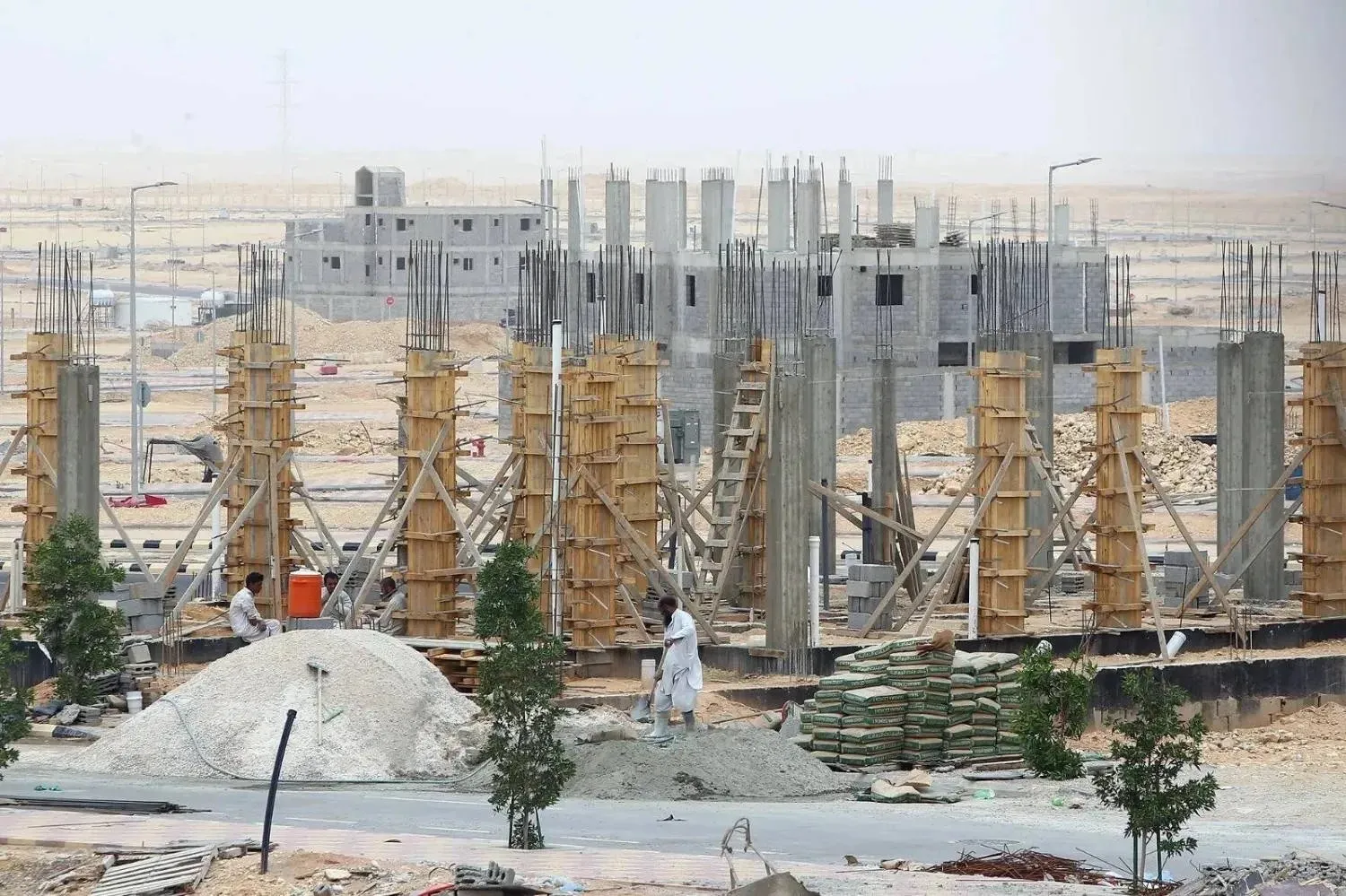President of Boeing International Sir Michael Arthur said that the aviation industry was recovering and in good condition, stressing its vitality for the global economy.
Commenting on the Riyadh-hosted Future Investment Initiative (FII) forum, Arthur told Asharq Al-Awsatthat he was very impressed with the scope of the conference, which he said came at a very important time in the history of the global economy.
“There is a lot of change happening right now. But I think that Saudi Arabia has an active role in this by bringing people together, and we are looking forward to the next few years,” he stated.
Challenges
On the challenges facing the aviation industry, he said: “We have had three terrible years in this industry, due to the coronavirus pandemic, as the world stopped flying, but now the industry is recovering very quickly.”
Pointing to the high demand for planes, Arthur said the Middle East region ranked above the world average in the number of passengers traveling by plane.
“We are almost back to pre-coronavirus levels now, in the number of flights, and in some countries… There is currently more regional demand and by next year we will be back to full pre-COVID-19 levels or even above them by 10 to 24 percent,” he remarked.
He stressed that the industry has recovered and was in good shape.
Arthur continued: “In the long term after 20 years, we see tremendous growth in the field of aviation, where 41,000 aircraft will be purchased, which means almost doubling the current fleet.”
Supply chains
The president of Boeing International noted that constraints in the supply chain have obstructed the return of the full production capacity in the aviation industry.
“But the solution will come, it is only a matter of time, we will determine that,” he said.
Arthur pointed to the Saudi government’s ambition to develop aerospace within the Global Space Initiative.
“We would like to be a part of that,” he said. “We are already very involved in the Kingdom. We have 2,000 people working here in the country and their numbers are increasing over time, part in defensive warplanes, and another part in commercial aircraft. Thus, we have a lot of ideas for the future…”
Manufacturing plans
In response to a question about the company’s plans to manufacture parts for its aircraft in Saudi Arabia, he said: “We already provide significant defense support in the Kingdom. I am glad you asked this question, and we have been here for many years, and this work is going at an increasing pace all the time.
“We are helping the Saudi Air Force in their rotary-engine aircraft and in their fixed-wing aircraft to ensure that they are safe, efficient and capable of flight.”
He pointed to a global partnership with the Saudi armed forces, as well as a memorandum with the Saudi government for the production of aluminum used in the aircraft industry.
Importance of air transport
Turning to the importance of the Middle East region in the air transport sector, Arthur said Saudi Arabia and the region enjoyed a very good position, noting that the region links the East and West.
“So, I think there’s a lot of potential for growth here, in terms of passengers,” he underlined.
He added that the region was home to two of the seven largest shipping companies in the world.
“So, this is just an example of the scale of this growth. We expect this to develop even more over the next few years. So, you have a major geographic role, and Saudi Arabia and other Gulf Cooperation Council (GCC) countries are investing in aviation infrastructure. So, I think the future looks very positive for the region, in this area,” Arthur remarked.
Aircraft delivery
He stressed that demands for aircrafts were increasing, adding that the market was in good shape.
“As I said earlier, the long-distance travel market is coming back now and it will be stronger next year… So, they expect the growth to be very healthy,” he stated.
Asked about Boeing’s chances to join the new company that Saudi Arabia intends to launch, he said: “The ambition of the Kingdom and the Public Investment Fund is very exciting... We are fans of their projects, and we very much hope that they will choose Boeing aircraft; but this is an option that remains for Saudi Arabia… Of course, we will work closely with them to give them the best we can.”
He reiterated that the defense partnership was an important part of Boeing’s relationship with Saudi Arabia.
“We have a great growing relationship in the business side. We now have a partnership in maintenance, as well as on the defense platform. We have 240 Boeing aircraft in the Saudi fleet… We are very proud to support the Saudi government in the work it needs,” he concluded.









